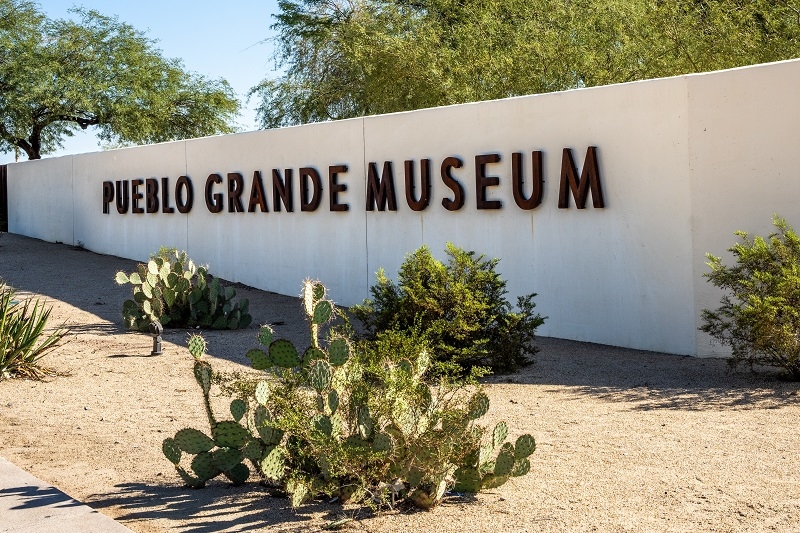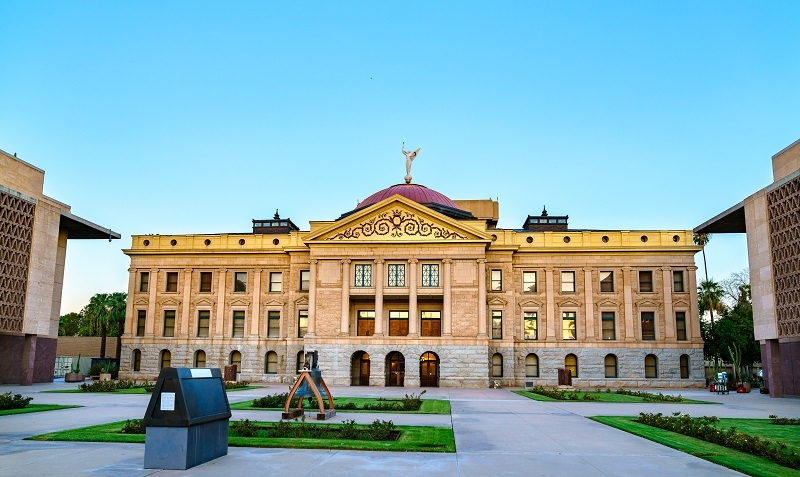
Phoenix is more than just sun and desert. It's full of culture, history, and different influences. Sure, it has a modern skyline and fancy resorts, but it also has cool spots that tell the story of how it got started. From Native American tribes to the first settlers, artists, and people who planned out the city, all sorts of people have left their mark. So, if you want to check out some culture or just get to know the city better, there are some places you should see.
This guide will show seven cultural landmarks in Phoenix that you shouldn't miss. Each place will give you a peek into the stories and events that helped make this city what it is today. Whether you love history, are into art, or just want to learn something new, these spots will help you in sightseeing Phoenix.
Okay, let's check out these cultural spots in Phoenix:
The Heard Museum is one of the most respected spots in Phoenix. It started back in 1929 and is all about the art and culture of Native American tribes, mostly from the Southwest. This museum has a ton of stuff, which is great for keeping Indigenous traditions going and helping people understand them.
You can always check out pottery, clothing, beadwork, and awesome art. They also have hands-on stuff that makes Native people's history feel real. They often put on special shows featuring art by today's Indigenous artists, so there's always something new to see.
What's great about it:
If you want to learn about the region's roots, this is a must-see.
Heritage Square is a block in downtown Phoenix that's been kept in good shape. It lets you see what the city was like way back in Victorian times. The main thing to see here is the Rosson House. It's a house from 1895 that's been fixed up with furniture and decorations from that time. If you take a tour, they'll tell you stories about the first families in Phoenix and how people lived back then.
The buildings around it are mostly original and are now restaurants, shops, and art places. The area is nice to walk around, so it's good if you want to check out the historical places Phoenix has kept around.
What's cool:
Locals and tourists love it, so put it on your Phoenix list.
The Pueblo Grande Museum and Archaeological Park takes you back over 1,000 years. It's near the airport and has the ruins of a Hohokam village, which is one of the first places people lived around here. The Hohokam people were good at building things. They made a system of canals that you can still see today.
You can walk around the park, check out exhibits inside, and even see a copy of a prehistoric house. The museum has old tools, pottery, and other stuff that shows what life was like in the Salt River Valley way back when.
What's special:
It's one of the oldest local monuments Arizona has, so if you're into old history, stop by.
Located in the original capitol building from 1901, the Arizona Capitol Museum gives you a cool look at how Arizona grew politically and socially. It’s got four floors of stuff covering Arizona's move from being a territory to becoming a state, focusing on the important things that made Arizona what it is today.
You can see old stuff, a copy of the USS Arizona (the one that sunk at Pearl Harbor), and even the old rooms where lawmakers used to meet, fixed up just how they were back then. The museum also tells you why copper is so important to Arizona's economy and has changing displays about what's going on in the state now.
Why visit:
The Arizona Capitol Museum is one of the best old places in Phoenix, helping you understand the past and how it relates to what's happening today.

If you're into buildings and design, you've got to check out Taliesin West when you're in Phoenix. It's technically in Scottsdale, but it’s a huge part of Phoenix culture. Frank Lloyd Wright, the big-name architect, dreamed it up back in the 1930s. It was his winter house and a school for people studying how to build.
The place looks like it’s part of the desert, using rocks and wood from around here. When you visit, you’ll learn about Wright's ideas about buildings, how he came up with his designs, and how he thought about living in the desert in a way that doesn't hurt the environment.
What makes it special:
It’s one of the most interesting and artistic places in Arizona, mixing nature, buildings, and ideas.
The Orpheum Theatre is a great example of the kind of buildings they made in the early 1900s. It was built in 1929 and has been a vaudeville place, a movie theater, and now a spot for live shows. Inside, it looks like Spanish Baroque style, with awesome paintings, chandeliers, and fancy details.
These days, you can catch Broadway shows, concerts, ballet, and other live stuff there. If you're not seeing a show, you can still take a tour and check out the building's style and past.
What's cool about it:
The Orpheum Theatre is one of the best-kept old spots in Phoenix and is still a place where people go to enjoy arts and culture.
Near downtown, the Japanese Friendship Garden is a calm, quiet place that feels different from the desert around it. It’s called RoHoEn and was made with help from Phoenix’s sister city, Himeji, in Japan. It has a pond with koi fish, stone lanterns, a tea house, and plants and trees that are taken care of really well.
The garden hosts events all year round, such as tea ceremonies and flower arranging courses. It’s a wonderful spot to relax and learn about Japanese culture and why it’s vital for nations to get along.
What's cool:
Peaceful paths and a large pond full of koi fish. Authentic Japanese garden design. Cultural activities. It includes a bit of another country to Phoenix's interesting places, proving that the city is linked to the world.
Phoenix may be popular for its golf courses and suburbs, but it also has a lot of great culture. There is a lot to see if you look past the normal tourist attractions, from ancient ruins to spectacular buildings. These local areas each tell a narrative about Phoenix.
These locations show you what Phoenix heritage sites were like in the past and what it is like now, whether you are visiting the Pueblo Grande ruins or watching a performance at the Orpheum Theatre. They serve as a reminder of prior events and what remains significant to the city.
This content was created by AI